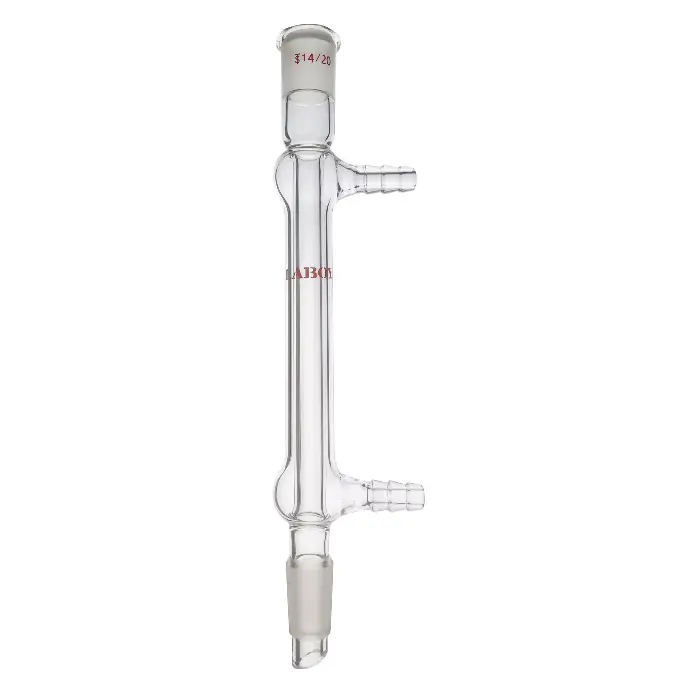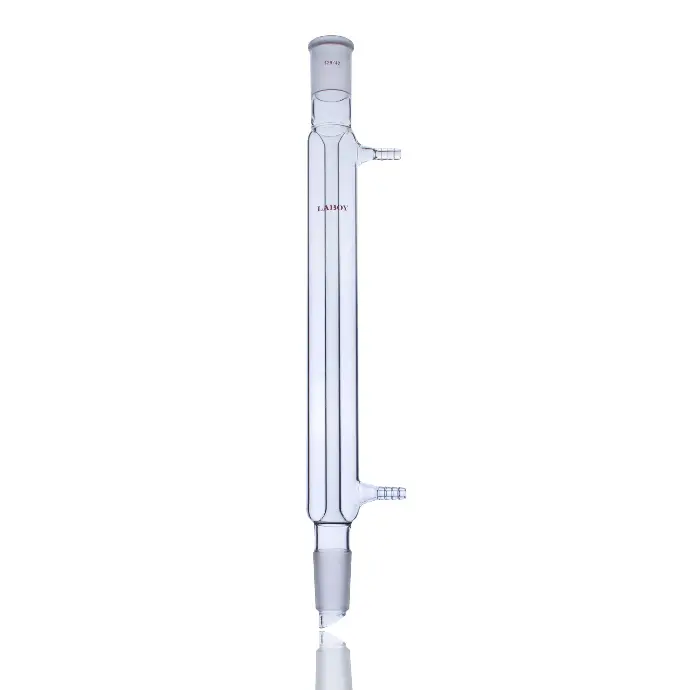In the realm of laboratory distillation, the choice of condenser plays a pivotal role in determining the efficiency of the process. Two popular contenders in this arena are the West Condenser and the Liebig Condenser. In this article, we'll delve into the features and advantages of the West Condenser, highlighting its key differences and potential benefits in comparison to the more traditional Liebig Condenser.
Both the West Condenser and Liebig Condenser are essential components used for cooling vapors during distillation, preventing the loss of volatile compounds. While the Liebig Condenser is a well-established piece of laboratory glassware, the West Condenser offers a streamlined and efficient alternative.
The West Condenser Advantage:
- Streamlined Design:
- West condensers are distinguished by their thinner profile compared to the Liebig condenser. This streamlined design allows for a more compact setup without compromising on efficiency.
- Cone and Socket for Enhanced Water Flow:
- One of the key features of the West Condenser is its cone and socket design, facilitating increased water flow. This enhancement is crucial for achieving higher cooling efficiency during distillation processes.
- Fused-On Coolant Jacket:
- The West Condenser boasts a fused-on coolant jacket with a narrow annular space between the jacket and the inner tube. This design optimization contributes to superior heat transfer, ensuring rapid and effective condensation.
- Lower Inner Drip Tip Joint:
- The presence of a lower inner drip tip joint in West condensers provides control over the direction of the condensed liquid flow. This feature can be advantageous in certain experimental setups.
- Sealed Tube Configuration:
- Unlike the Liebig condenser, the West Condenser employs a sealed tube design for water flow. This ensures that water does not come in direct contact with the vapor being condensed, maintaining the integrity of the process.
Comparison with Liebig Condenser:
- Efficiency in Cooling:
- The West Condenser, with its cone and socket design and fused-on coolant jacket, offers increased efficiency in cooling compared to the traditional Liebig Condenser.
- Compact Design:
- The thinner profile of the West Condenser allows for a more compact and space-saving setup, addressing the needs of modern laboratories with limited bench space.
- Enhanced Water Flow:
- The cone and socket design of the West Condenser enable a higher flow rate of water, resulting in improved cooling efficiency compared to the Liebig Condenser.
Conclusion:
While both the West Condenser and Liebig Condenser serve the fundamental purpose of vapor condensation in laboratory distillation, the former introduces innovative design elements that can significantly enhance efficiency. The West Condenser's streamlined build, cone and socket design, fused-on coolant jacket, and sealed tube configuration collectively contribute to a more effective cooling process. Laboratories looking to optimize their distillation setups may find the West Condenser to be a valuable and efficient alternative to the traditional Liebig Condenser.

